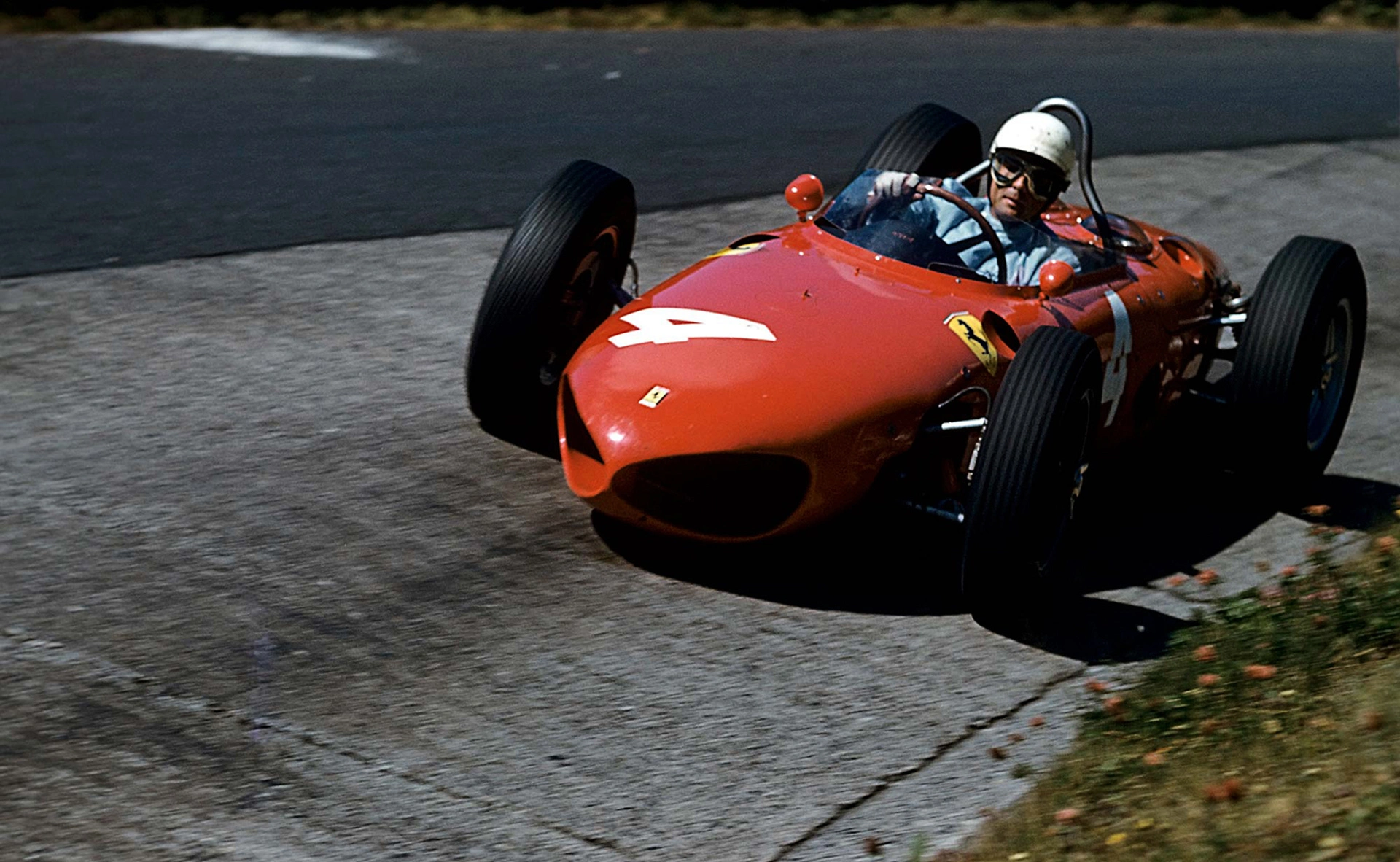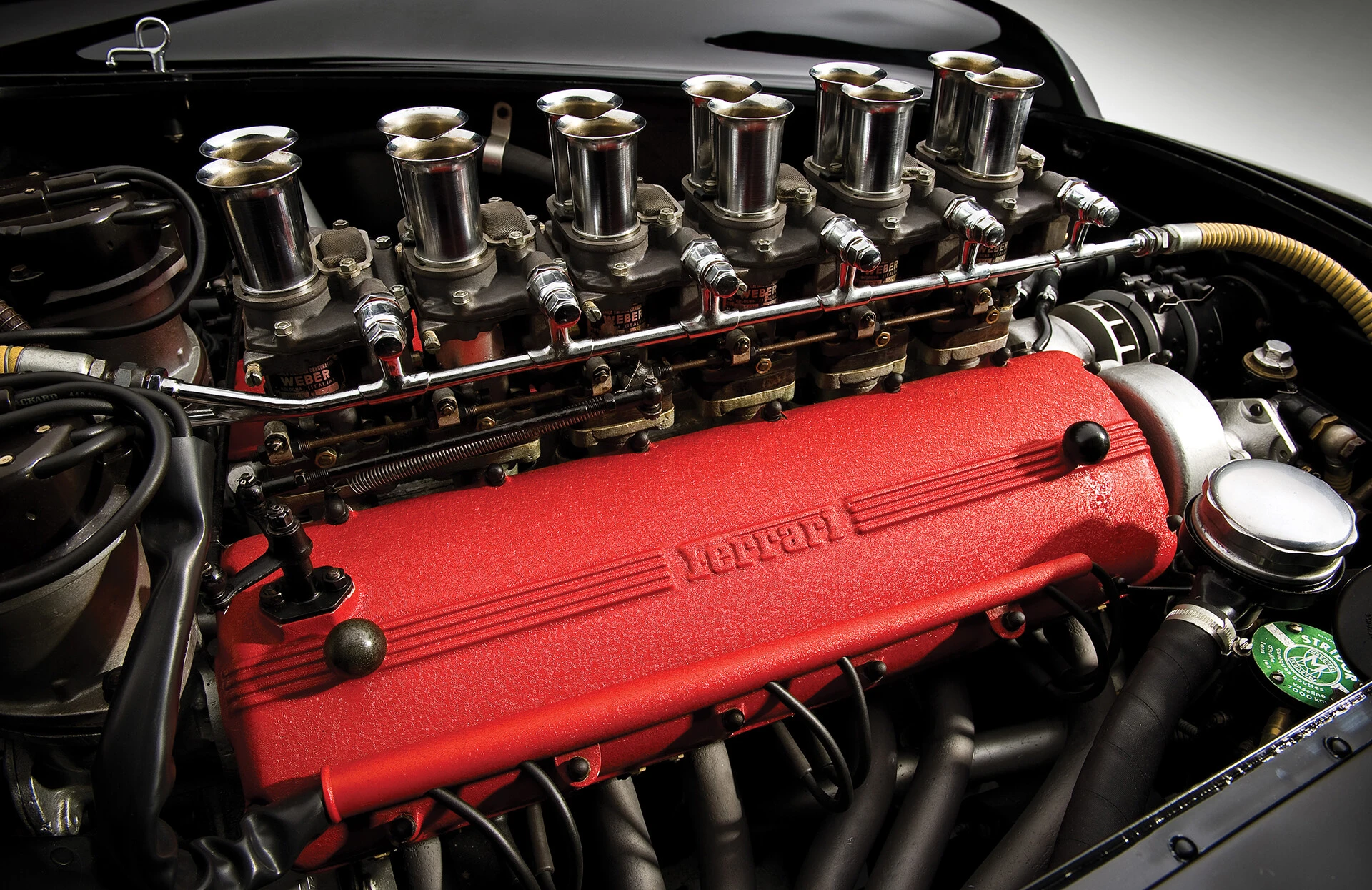Ferrari’s Technological Innovations Part 4: 1960 - From Overhung Clutch to Small 1000cc Four-Cylinder
05 October 2024 8 min read 4 images

Photo credit: Ferrari, RM Sotheby’s
Innovative yet traditional, Enzo Ferrari realized that in just ten years, he had achieved global fame and reputation. He understood that growing too fast would be a risk. Although he was reluctant to delegate power to others, he created an internal structure with proven leaders. At the top of the Technical Department, he chose Carlo Chiti, a Tuscan engineer from Alfa Romeo. It's 1957, and many things are changing in racing, but Ferrari struggles to accept them. For example, disc brakes, which only he and Mercedes still avoid using, and the rear-engine concept, which Ferrari refuses to adopt, along with opportunities to reimagine the role of aerodynamics.
Register to unlock this article
Signing up is free and gives you access to hundreds of articles and additional benefits. See what’s included in your free membership. See what's included in your free membership.
Already have an account? Log In


